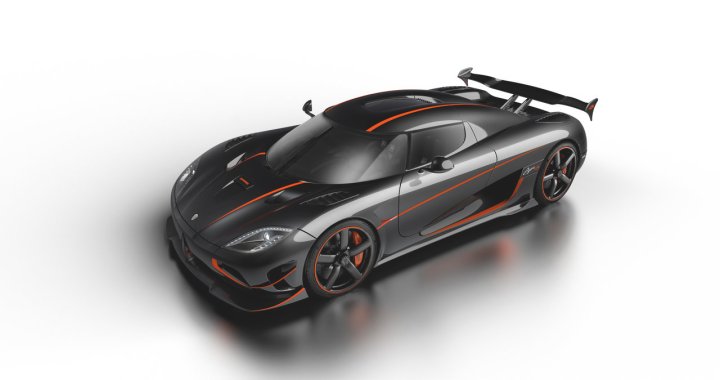
Don’t get us wrong, the McLaren P1, Ferrari LaFerrari, and Porsche 918 Spyder are all incredibly impressive machines, and they stand head and shoulders above 99 percent of the vehicles on the road. But there’s a small manufacturer out of Angelholm, Sweden that is more than willing to go head-to-head with the trio.
In response to a customer question, Koenigsegg has published a press release comparing the performance capabilities of its vehicles to the trinity listed above. The consumer in question had just ordered an Agera RS — a 1,160-horsepower dynamo of which just 25 will be made — and he was concerned about how his ride would stack up against the holy trinity in a 0 to 300 kph (0 to 186 mph) test. As it turns out, the Swedish brand can more than hold its own.
According to the respective companies, the 918 Spyder can hit 186 mph in 19.9 seconds with the Weissach package, the P1 can do it in 16.5 seconds, and the stunning LaFerrari gets in done in a mind-blowing 15 seconds. Koenigsegg managed the same feat in 14.5 seconds, but not only did they do it with the less powerful Agera R, they did it way back in 2011. How you like them apples, Ferrari?
Better yet, the company has evidence of the Agera R’s sprint, shown in the video below. More recently, the company smashed its own record with a 0 to 186 mph sprint of 11.9 seconds in the maniacal One:1, a car that has been dubbed the world’s first “megacar.”
Koenigsegg is quick to credit the competition though, saying, “The [holy trinity] is made up of exceptionally good performance cars that any fair-minded person would be happy to own. Acceleration is only one aspect of performance car ownership but we just wanted to demonstrate to our customers and fans that our vehicles lose no ground when compared against this lofty competition.”
Polite, concise, but unapologetically dominant. As for the lucky customer with an Agera RS on the way, we think he’ll be pretty satisfied.


